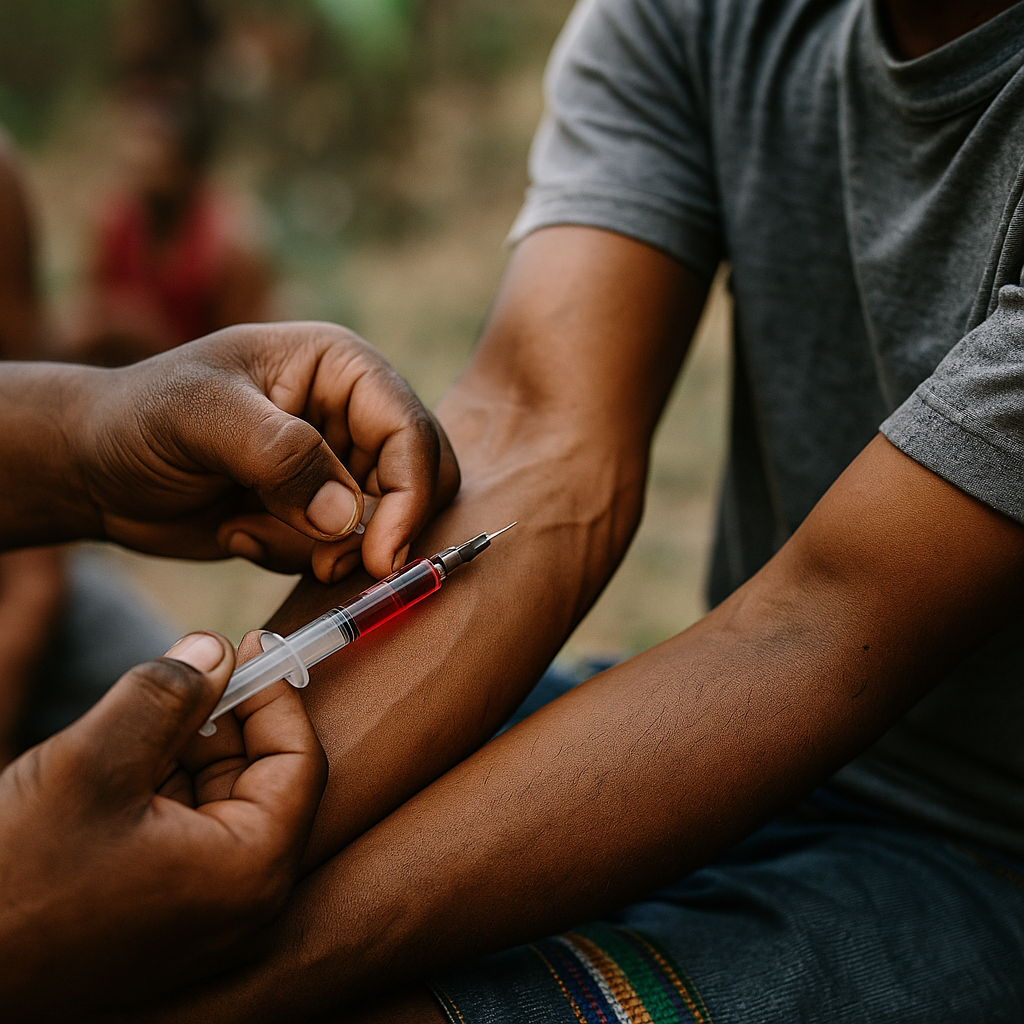Introduction: A New Era in HIV Research
In 2025, the global fight against HIV has reached an unprecedented turning point. While antiretroviral therapy (ART) has transformed HIV from a fatal diagnosis to a manageable condition, the ultimate goal—a complete cure—has remained elusive. Recent scientific advancements, however, are bringing us closer than ever to that reality.
mRNA Technology: Unmasking Hidden HIV
One of the most significant breakthroughs comes from researchers at the Peter Doherty Institute in Melbourne. They’ve developed a novel lipid nanoparticle, dubbed LNP X, capable of delivering mRNA into white blood cells where HIV often hides. This mRNA instructs the infected cells to reveal the concealed virus, making it visible to the immune system or additional therapies for elimination. Learn more here.
Gene Editing: Cutting HIV Out of the Genome
Gene editing technologies, particularly CRISPR-Cas9, are also making waves in HIV research. Scientists have used CRISPR to eliminate HIV from infected cells in laboratory experiments. By precisely targeting and removing the virus’s genetic material from the host genome, this method offers a promising avenue for a sterilizing cure. Read more here.
Long-Acting Therapies: Simplifying Treatment
Gilead Sciences has introduced a long-acting injectable therapy combining lenacapavir with broadly neutralizing antibodies (bNAbs). This regimen, administered twice yearly, has demonstrated high efficacy in maintaining viral suppression in clinical trials.
Broadly Neutralizing Antibodies: A Promising Strategy
Broadly neutralizing antibodies (bNAbs) have emerged as a powerful tool in HIV therapy. These engineered antibodies can neutralize a wide range of HIV strains, offering the potential to eliminate the virus from the body. Clinical trials are exploring the use of bNAbs in combination with other agents to enhance their efficacy in targeting latent HIV reservoirs.
Challenges Ahead: Accessibility and Equity
Despite these promising developments, significant challenges remain. The high cost of new therapies, such as the $28,218 price tag for lenacapavir in the U.S., raises concerns about accessibility, especially in low-income countries. Additionally, recent cuts in U.S. funding for global HIV programs could hinder progress in combating the epidemic worldwide.
Conclusion: A Future Within Reach
The landscape of HIV research in 2025 is filled with hope and innovation. From mRNA technologies and gene editing to long-acting therapies and bNAbs, the path toward an HIV cure is becoming clearer. While challenges persist, the collective efforts of scientists, healthcare providers, and communities worldwide are bringing us closer to a future free from HIV.
FAQs
Q: What is the difference between a functional and sterilizing HIV cure?
A: A functional cure controls HIV without ongoing ART, while a sterilizing cure removes all traces of the virus from the body.
Q: Are there any patients cured of HIV?
A: Yes, a few patients, such as the Berlin and London patients, have achieved viral remission after stem cell transplants, but these are not widely applicable treatments.
Q: Is gene editing safe for HIV treatment?
A: Gene editing like CRISPR is still in clinical trials. While initial results are promising, more research is needed to ensure safety and efficacy.
Q: How soon could these new treatments be available to the public?
A: Timelines vary. Some therapies are in advanced clinical trials, while others are in early research stages. Widespread availability will depend on the outcomes of these trials and regulatory approvals.
Q: What can individuals do to stay informed about HIV cure research?
A: Stay connected with reputable health organizations, consult healthcare providers, and participate in community forums focused on HIV research and treatment.
Disclaimer: This article was written with the assistance of AI and may contain errors. Please consult healthcare professionals for medical advice.




